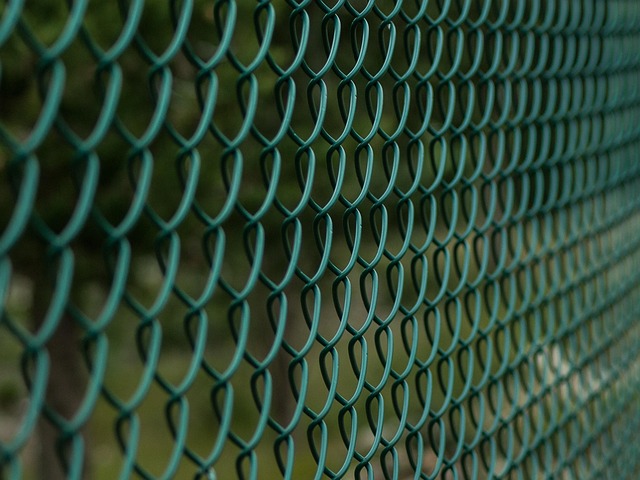New Bedford, Massachusetts homeowners looking to enhance their outdoor space have an array of fence options to consider. This DIY guide provides essential tips for installing a new fence, from understanding your local fencing regulations and choosing the right material to accurately measuring your property line and digging post holes. With the right tools, planning, and attention to detail, you can achieve a secure and aesthetically pleasing fence that complements your New Bedford home.
- Understanding Your New Bedford Fence Options
- Measuring and Planning Your Fence Route
- Gathering Necessary Tools and Materials
- Digging and Setting Post Holes Accurately
- Attaching Fencing to Posts and Finishing Touches
Understanding Your New Bedford Fence Options
When considering a DIY fence installation, New Bedford homeowners have several options to explore. The first step is to understand the types of fences suitable for your property. Wood, a classic choice, offers natural beauty and comes in various styles like picket or privacy fences. Vinyl fencing is low-maintenance and available in numerous designs, from traditional to modern. Chain-link fences are ideal for security and can be easily customized with different colors and heights. Each material has its advantages and may align better with specific property needs, aesthetic preferences, and budgets.
Researching local building codes is essential before starting any DIY project. New Bedford’s regulations will dictate the permitted fence heights, materials, and placement to ensure safety and maintain neighborhood standards. Homeowners should also consider the structural integrity of their property lines and adjoining land ownership before deciding on a fence type and design.
Measuring and Planning Your Fence Route
Before you begin installing your new fence, careful planning is key. Start by visualizing where your fence will run along your property line. Use a measuring tape to take precise measurements from one point to another, ensuring you account for any curves or bends in the route. This measurement will guide the length of your fence panels and posts.
When planning, consider factors like existing trees, landscaping features, and utility lines. Marking these elements on your property can help ensure a smooth installation process and prevent accidental damage. Additionally, check local building codes and regulations for any restrictions or guidelines regarding fence construction in New Bedford, Massachusetts to make sure your project complies with the necessary requirements.
Gathering Necessary Tools and Materials
Before beginning your DIY fence installation project in New Bedford, create a comprehensive list of tools and materials needed. This will ensure a smooth and efficient process. Essential tools include a measuring tape, wooden posts (suitable for soil conditions), rails, brackets, fasteners, concrete (for post placement), a hammer or mallet, a level, and safety gear like gloves and eye protection. It’s important to select materials that align with your local climate and terrain to guarantee the fence’s longevity.
Consider the type of fence you wish to install—wooden, vinyl, or chain-link—as this will dictate specific requirements. Gather materials accordingly, ensuring you have enough to complete the job without needing to make frequent trips to the store. Properly planning your purchases will save time and potentially reduce costs.
Digging and Setting Post Holes Accurately
Attaching Fencing to Posts and Finishing Touches
Once your fence posts are securely in place, it’s time to attach the fencing to them. Start by lining up the bottom rail with the posts, ensuring it sits level and flush against them. Secure this rail using suitable hardware like brackets or nails, depending on the material and design of your fence. Continue installing vertical posts and connecting them to the rails, creating a sturdy framework.
For the finishing touches, add any necessary top rails or caps to complete the look and provide extra support. Apply a coat of paint or sealant if desired, enhancing both the aesthetic appeal and protection against the elements. Regularly inspect your fence for loose connections and make adjustments as needed to maintain its integrity and longevity.
